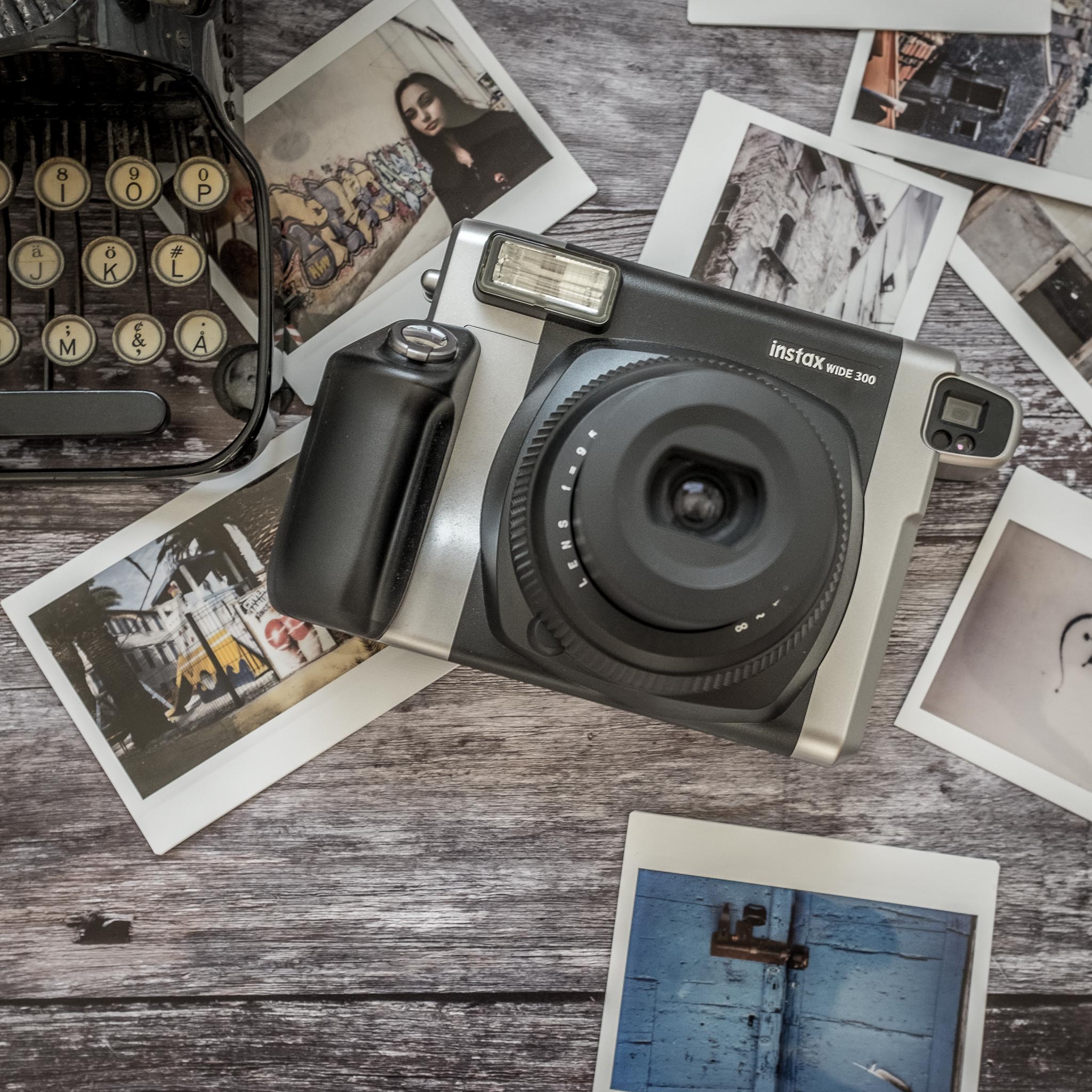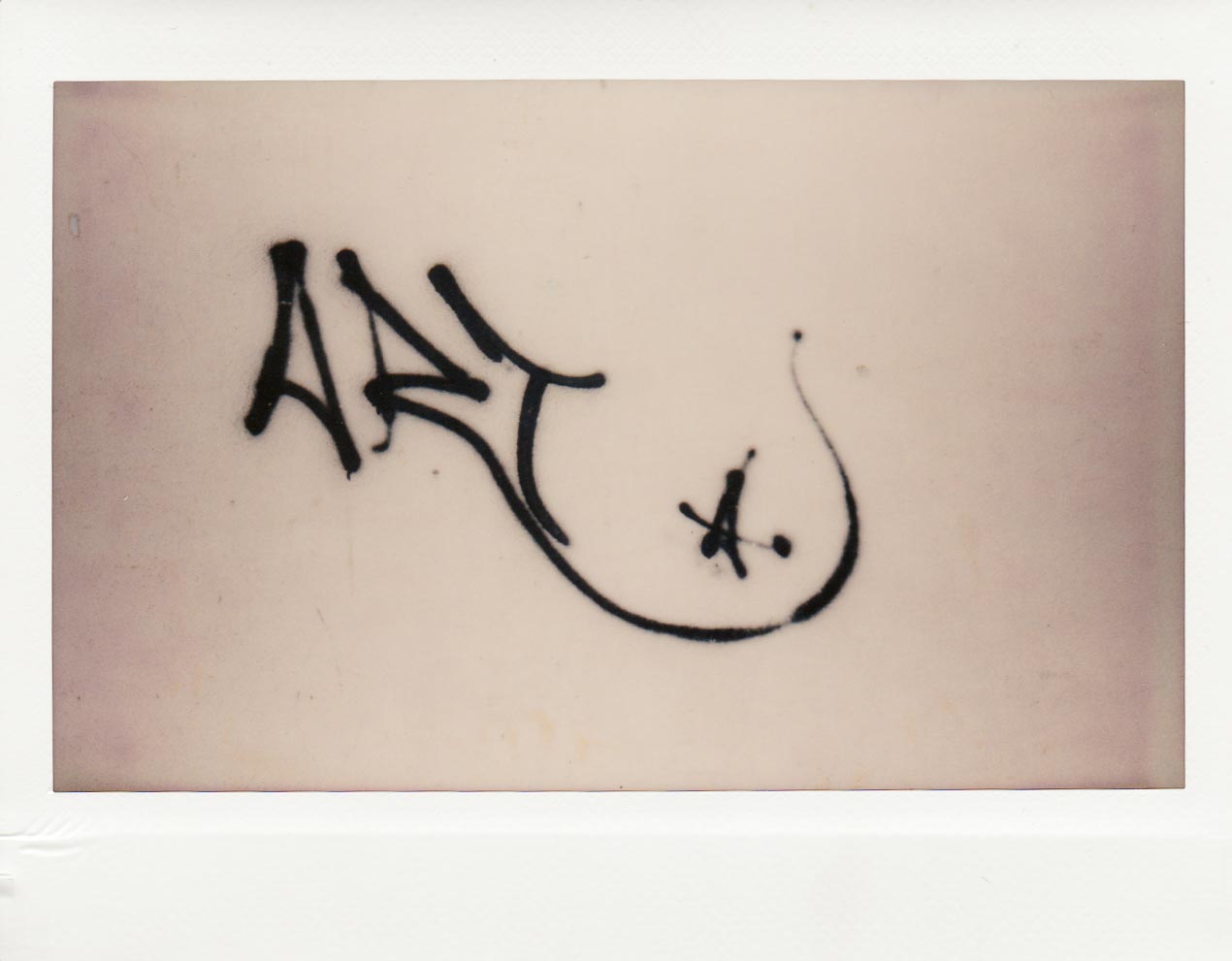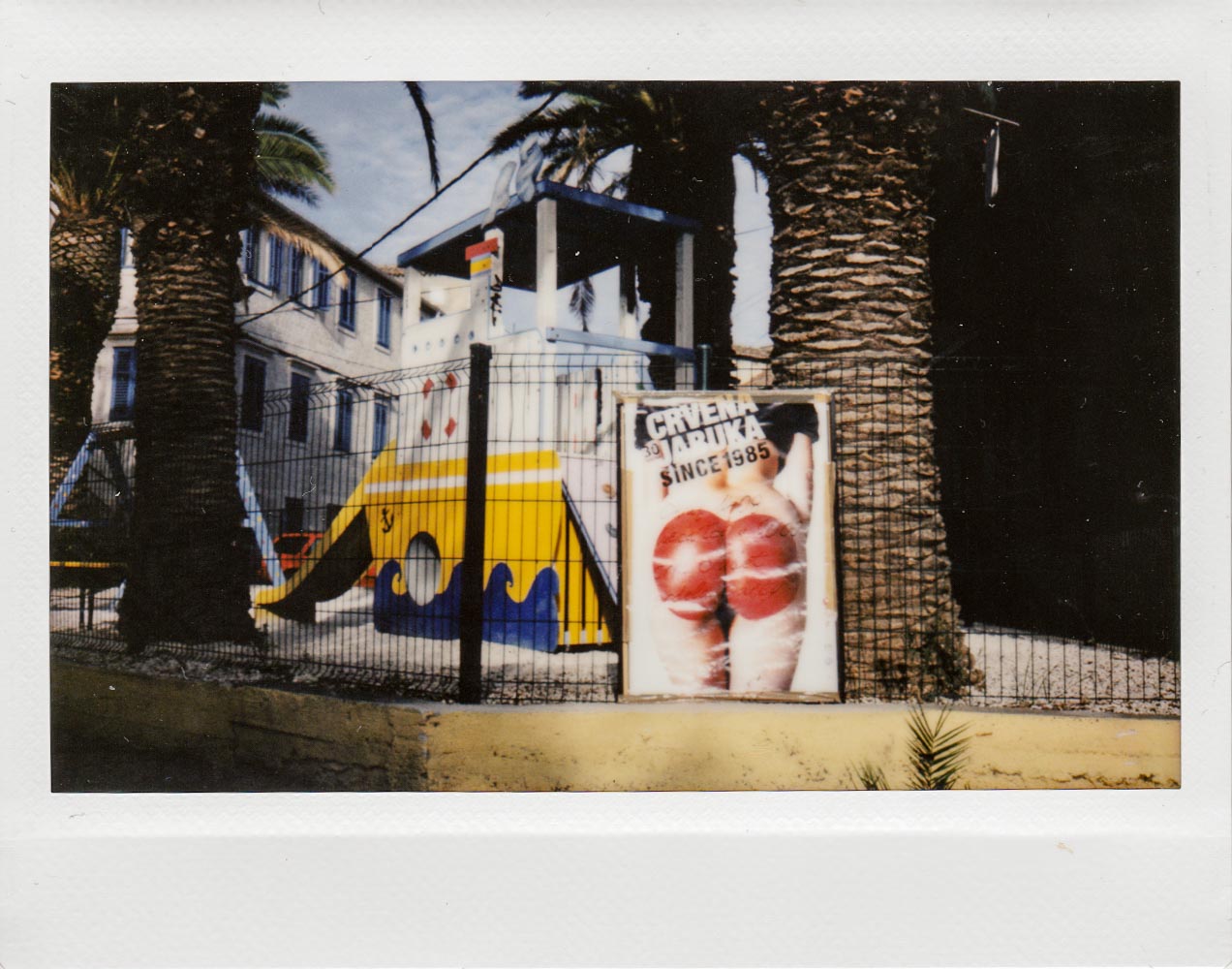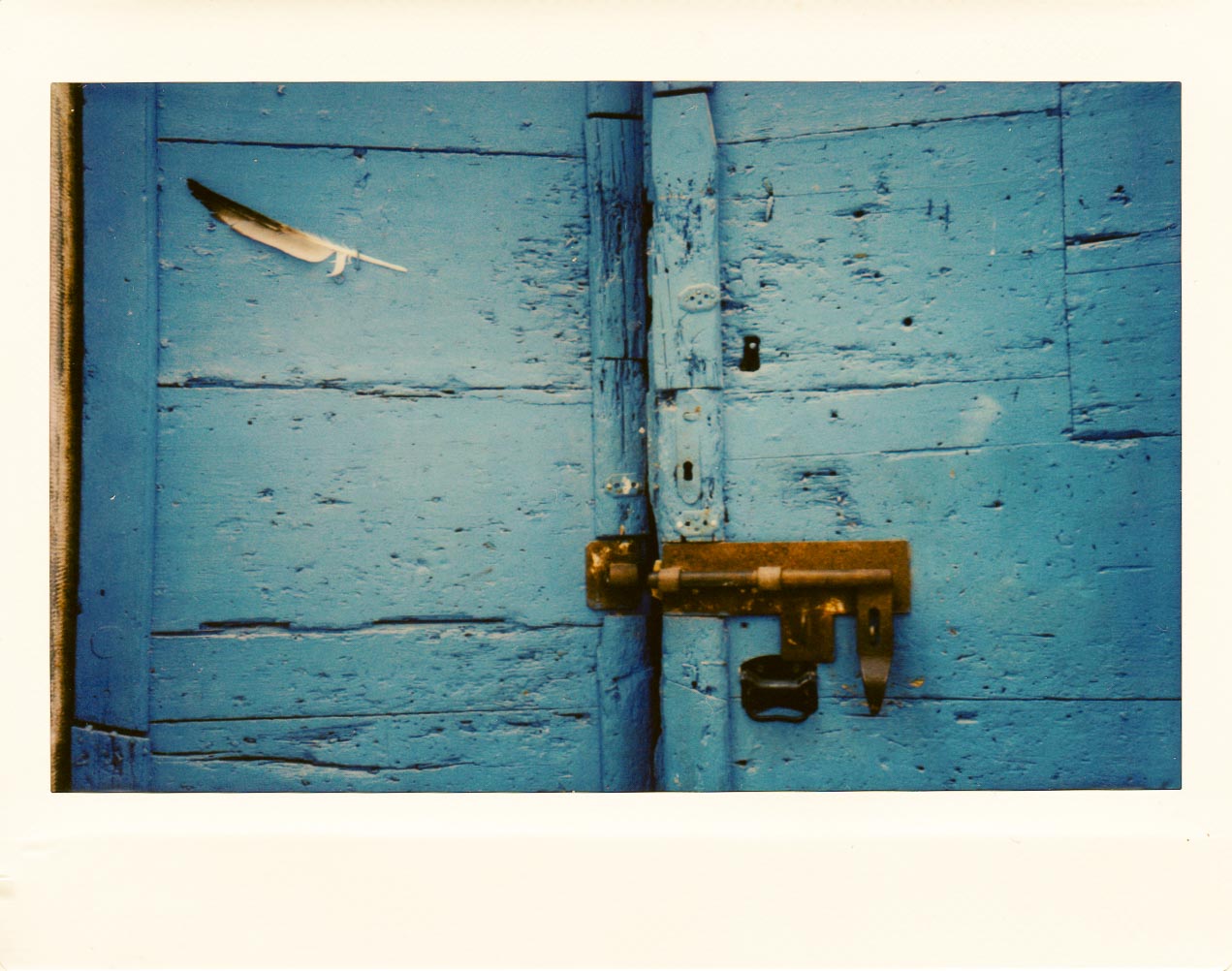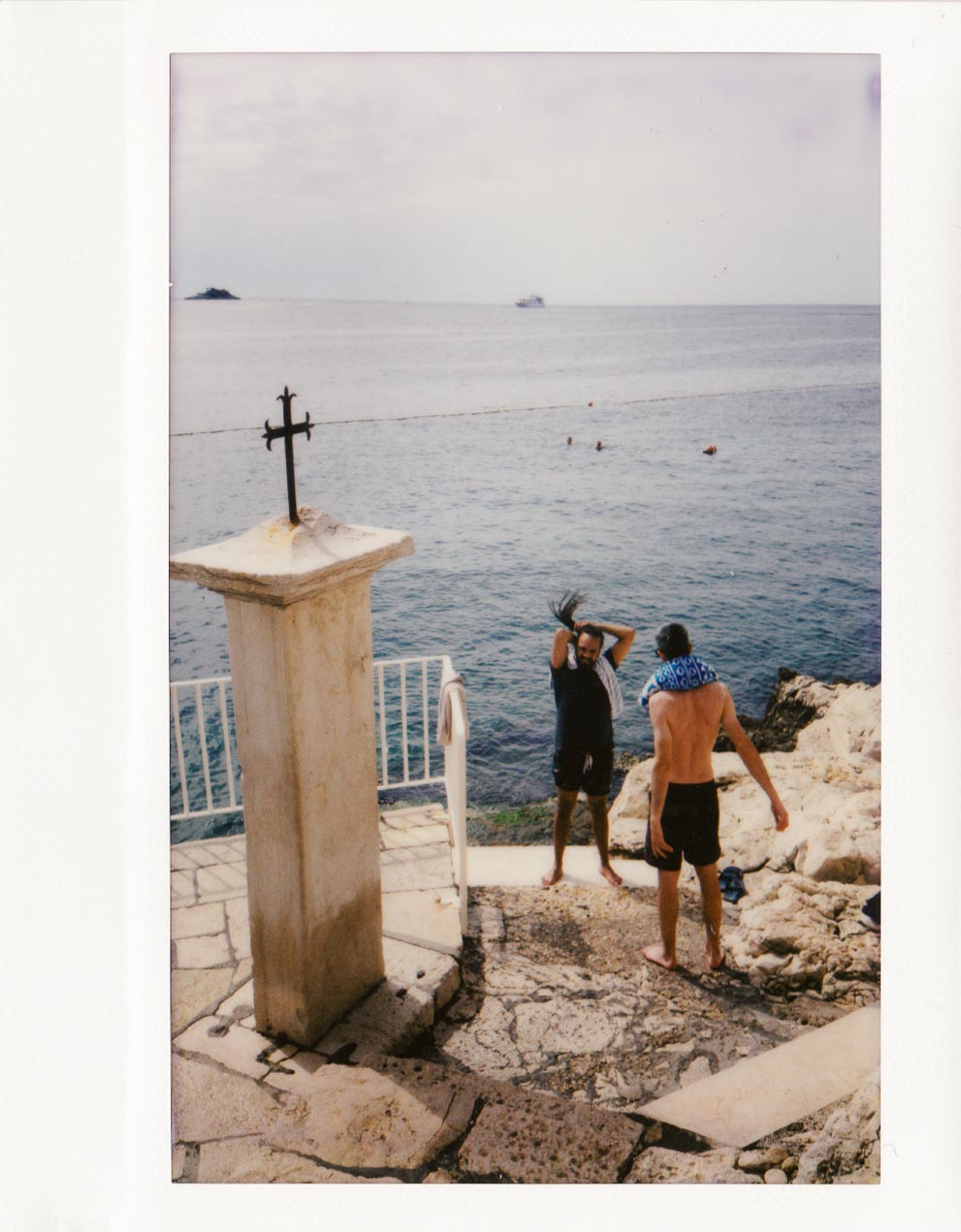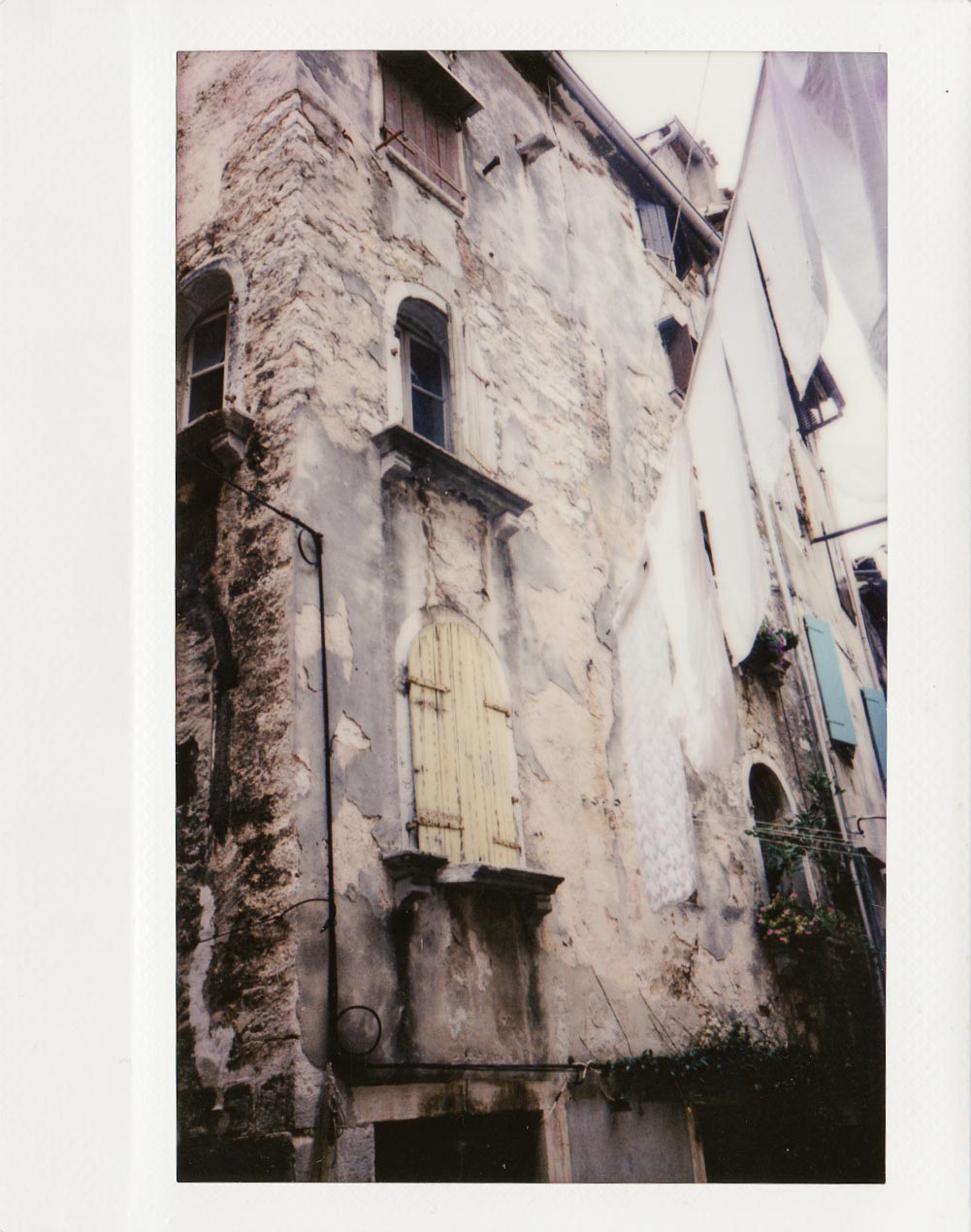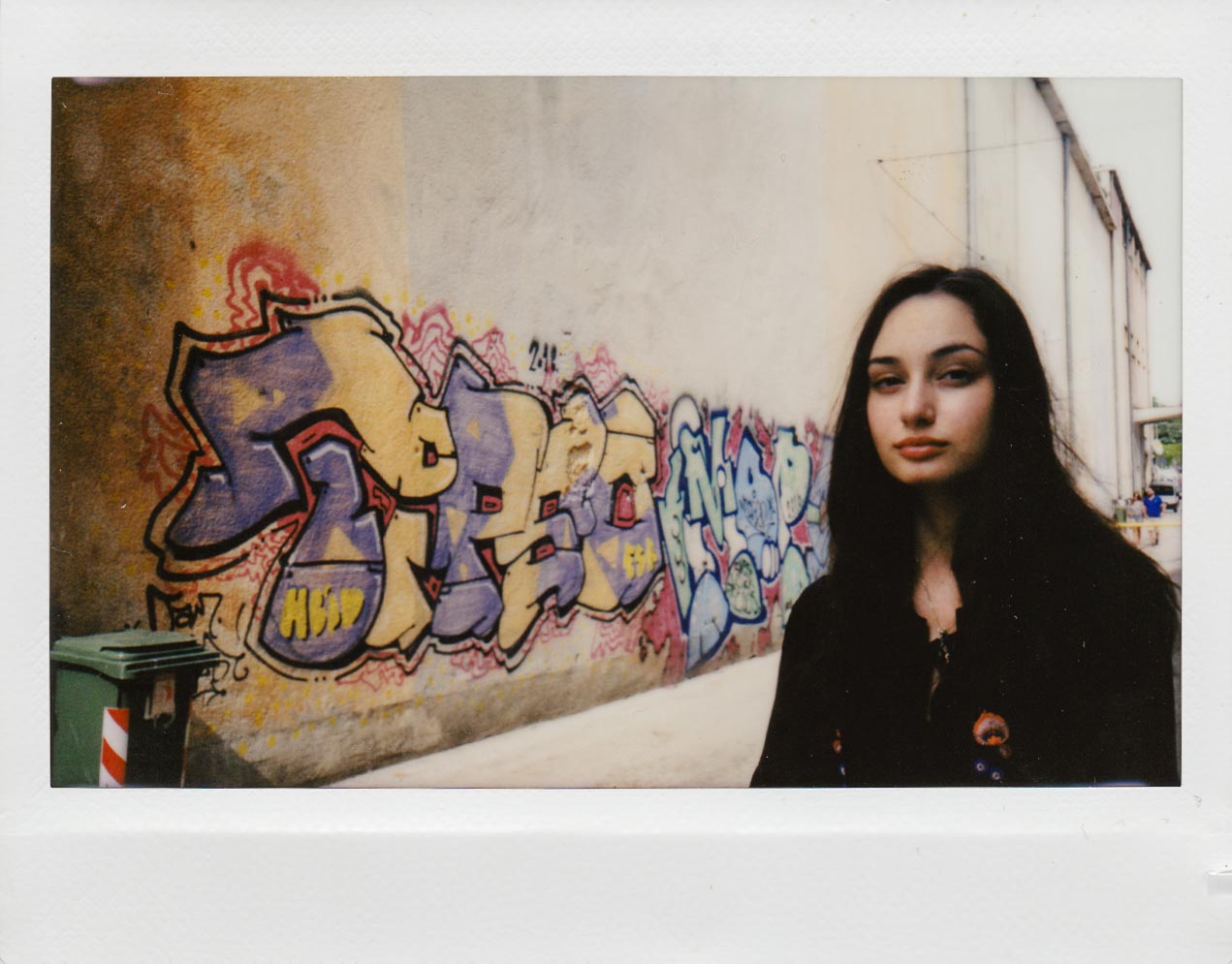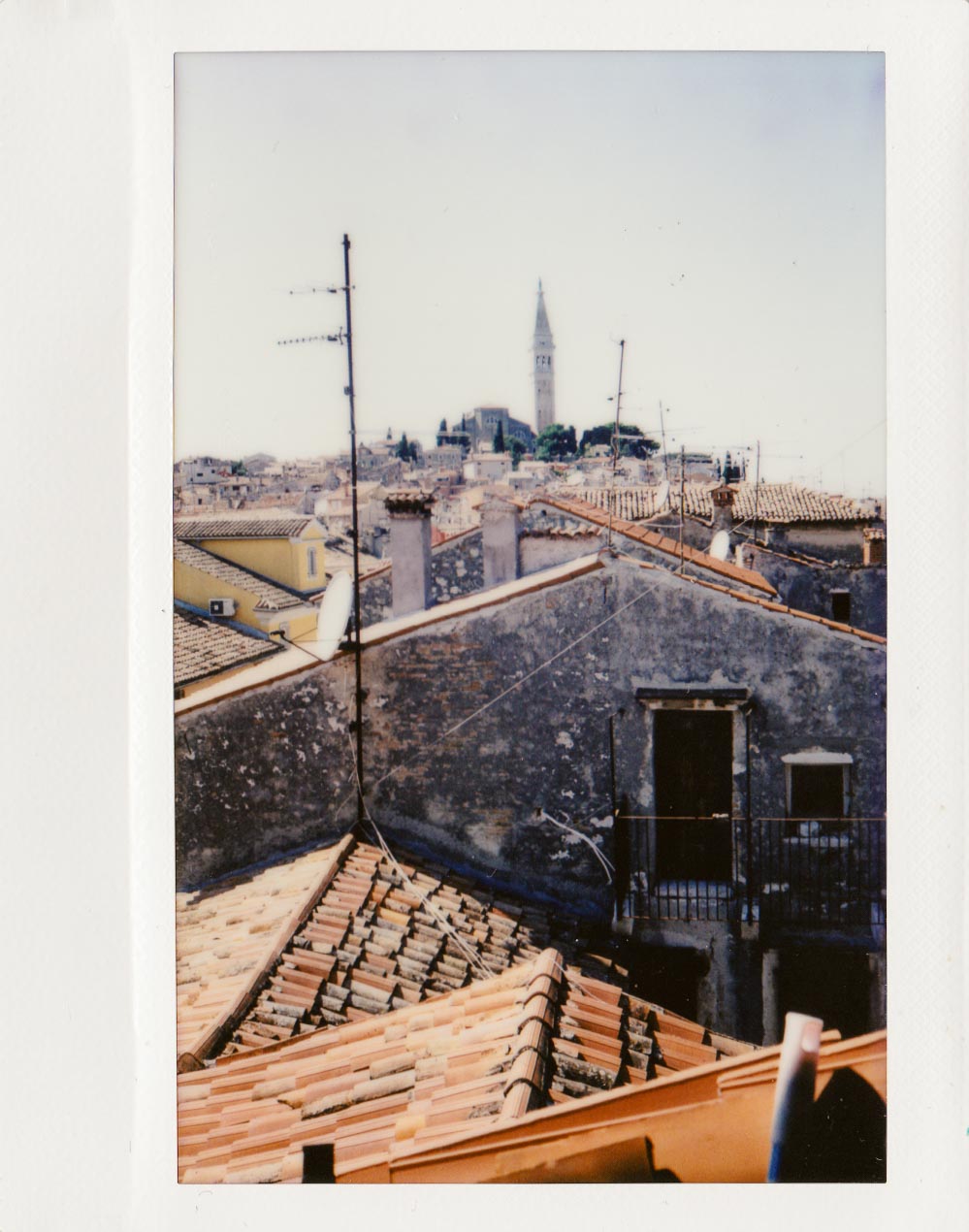I'm not really someone who documents every move and event I, or my family and I, make or attend, despite the fact that there is always a camera available near me. I'm more someone who likes to determine a particular area of interest and then visit it, with a few random spontaneous photo ops presenting themselves along the way that I will definitely also exploit. Since I received a Fujifilm Instax Wide 300 for my birthday, I've always been looking forward to using it for a particular project rather than happy snaps of the family that I commonly would associate instant cameras with.
So, along it went on a recent trip to Croatia! As I always prefer to travel lightly (usually only with my Leica Q or Fujifilm X100s), this time my arsenal also included the Instax and my old, battered Rolleiflex. After a search on where to have the Rollei's film developed, I'm childishly excited at the prospect of receiving the negatives and scans back within days from now. More about that in a previous post and a next post to follow soon, but in the meantime, the Instax provided enough instant excitement of its own.
Detail of a tag on a wall ... Rovinj, Croatia
The Instax is a big piece of kit - I would describe it as large as a pro-level DSLR with a small(ish) lens attached - hence it is not just some small extra piece of kit one would throw in for good measure if you wish to travel lightly. It's not really heavy, but bulky. Built quality is positively plastic, which I think underscores the fact that this is a camera focused on fun and leisure, not aimed at professionals. I can also report that the automatic sliding lens cover mechanism has already broken through absolutely no abuse whatsoever, so quality is not what this camera is about.
Playgrounds ... Trogir, Croatia
I only managed to shoot a total of ten frames with the Instax, as it only went along with me every time I decided to dedicate some time to it. Always on the lookout, I didn't want to miss any opportunities that would've been of more use had I captured it digitally. From messing around with it before, I've learnt my lesson about the Instax's two focus options - 0.9 to 3m and 3m+. This is selected by twisting the lens housing clockwise, but for me this was always confusing whenever I didn't wear my glasses, as I simply couldn't tell what the focus setting was. There is an indicator on the lens barrel, but is of equally little use to me without my glasses. The perrils of old age ... Perhaps through more usage, it will become second nature to know when to flip the focus setting, but I don't think that the Instax will ever see as much usage as my digital tools to become a habit.
Door Detail ... Rovinj, Croatia. Take care to avoid unwanted elements along the edge of your frames due to parallax shift, especially when shooting closeup. Thinking this scan is a bit too warm - the actual print is less so.
Using the viewfinder is pretty simple and straightforward, though there is a slight parallax shift when shooting up close. I'd suggest that one should just get a notch closer if you want to avoid anything at the edge of the frame instead of cropping it by eye through the viewfinder.
Another feature is that the built-in flash is fully automatic, or can be forced on. There seems to be no way to switch it off. As someone who never use flash, I found this annoying, but can understand the necessity. However, some users record that they tape over the flash with great results. There is also a dedicated three-setting exposure compensation button, which I never used as I was pretty happy with the results of the printed image. This feature can conceivably help with suitable exposure in the absence of flash. I'll be testing that some time soon.
Street Details ... Rovinj, Croatia. A fairly dark scene where the automatic flash took over. I'd say that the result is still pretty acceptable, but I'm not fond of the reflections left on the brown door details.
Rovinj, Croatia. This is the only candid "street" shot I took of people, expecting the Instax to behave and not flash.
I decided to use the Instax for some street detail shots for the majority of time, as I wanted to avoid announcing myself to people on the street by flashing a camera in their faces. I would therefore not recommend the Instax for people-at-street shooting. It performed will with street details where there is significant contrast and colour variations in the scene, but in scenes where the general tones are closer to each other, the resulting prints lack contrast, definition and depth. By being selective about what you shoot, the results are actually quite satisfying, but I think three factors stand out for me.
Rovinj, Croatia. When scenes have too many similar tones, the image tends to lack depth, definition and contrast.
Firstly, there is something liberating about taking a shot and it's "over". Unless you want to waste your frames, it forces one to slow down and consider your shots better before pressing the shutter. Watching the image develop before your eyes brings out a childlike excitement in me, as would remember the wonder of film photography used to be when I started with it in the 1980's. It's a pleasant break from time-to-time and I will endeavour to do more of it.
Secondly, unless you've taken three shots using the exposure compensation, what come out the camera, is the end-result. That's it! No further RAW processing, editing and refinements to be done. It's an instant process, and your skill in capturing that scene as close as perfect as possible, matters. I find that quite satisfying and refreshing in a zen kinda way. One can always still "cheat" after scanning your photos, but that's not really the point. All of the frames shown is this post were slightly corrected in Lightroom only in order to get the scanned results as close as possible to the original prints. In retrospect, I could've added a bit of sharpening, as the original prints do appear to be slightly sharper than the screen versions.
My beautiful daughter in an alleyway - no flash. Rovinj, Croatia.
Lastly, it's a whole lot of fun and presents a whole new challenge that could force the photog to think a bit differently about how to go about it. Sure, it can also be a serious indulgence that can produce some stunningly creative results, but even if you are serious about instant photography, there's always that more spontaneous, fun element at play. Well, for me at least ...
I'm not really going to go into image quality, as the results are here for you to witness. Suffice to say, I'm satisfied with the results and can describe it to be "as expected".
Rovinj, Croatia. Another example where the various tones are too close too each other, resulting an a lack of overall "punch".
What I can take away from this experience is the following: I liked breaking away from the seriousness of my approach to digital photography work and think that this will happen more often from now on. It's really nice to flip through a stack of real images in your hands, or displaying it somewhere other than one's hard-drive. However, what would satisfy me more would be square format prints, which I feel would be better suited to my style of work. I will therefore definitely be investigating the Instax SQUARE SQ10. However, Fujifilm markets the SQ10 as a "hybrid" camera, which strictly speaking kind-off compromises all of the three factors I mentioned above that I specifically enjoy from shooting with instant film. Nonetheless, it does seem to have a helluva lot more tempting features on offer. Perhaps it will only depend on how one uses it that will determine whether it can be as equally (or more) satisfying as the Instax WIDE 300.
As mentioned before, all the images in this posting were scanned to TIFF and minor adjustments applied in order to achieve on-screen results as close as possible to the original prints. Feel free to leave your thoughts ...
Best wishes - Michiel -
